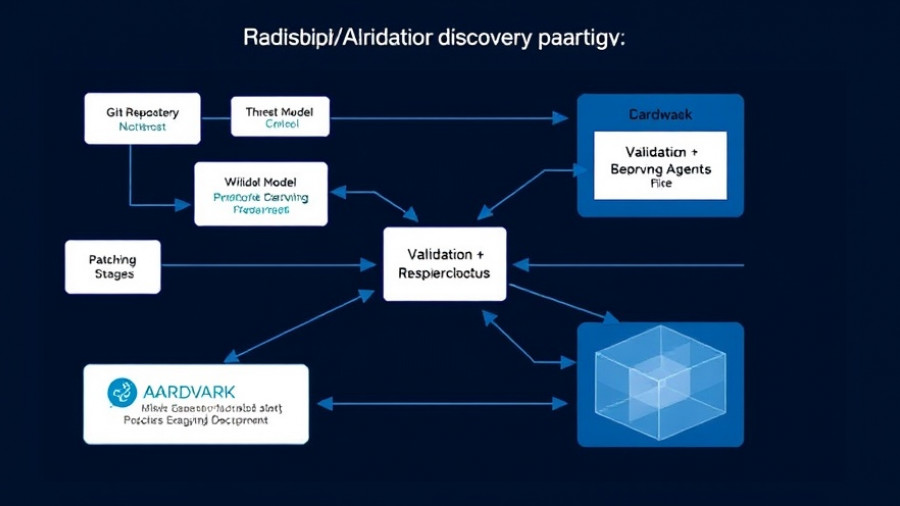
Empowering the Future of Manufacturing: Tulip's Composable AI Agents
At the forefront of industry innovation, Tulip has recently unveiled its Composable AI Agents at the annual Operations Calling conference, aimed squarely at transforming frontline operations across manufacturing sectors. This groundbreaking technology is designed to address increasing complexities, workforce shortages, and mounting pressure for efficiency, providing a dynamic solution to modern manufacturing challenges.
What are Composable AI Agents?
Tulip’s new system empowers manufacturers by enabling digital agents that not only detect issues but also take meaningful action directly on the shop floor. As Mason Glidden, Tulip's Chief Product & Engineering Officer, puts it, “Manufacturers don’t need AI for AI’s sake—they need tools that can help them solve problems.” This innovative approach allows teams to enforce quality checks, automate rework processes, and much more—all while maintaining a transparent and auditable operational framework.
The Rise of Agentic AI in Manufacturing
The term agentic AI refers to AI systems that can autonomously perform defined tasks without human intervention. According to industry forecasts, 2025 is expected to be a pivotal year for AI agents. By acting as “digital lean teammates,” these agents not only optimize workflows but also ensure that manufacturing processes are carried out efficiently and accurately. They represent the evolution of AI that complements the human workforce rather than replacing it.
Transforming Frontline Operations
By integrating these AI solutions, manufacturers can streamline repetitive tasks, enhance governance, and improve overall quality in production. New AI application examples from Tulip include the Rework Process Generator, which intelligently crafts step-by-step instructions from logged defects, and the Production Dispatcher that ensures real-time adjustments to work order assignments as circumstances change.
Real-world Impacts: Changing Employee Experiences
The introduction of Composable AI Agents is likely to transform the employee experience significantly. Many frontline workers face a range of challenges, from inefficient communications to issues with onboarding and training. The ability of AI agents to provide quick answers to queries and automate routine processes can ultimately enhance job satisfaction and retention in the workforce.
Challenges and Considerations
However, The deployment of AI at the frontline comes with its complexities. Clear use cases and effective buy-in are crucial for successful integration. Employees often harbor concerns about job security and the true value of AI tools, which underscores the necessity for transparent communication and training to alleviate fears. Businesses must ensure that these technologies do not merely automate tasks but truly enhance the value of human contributions.
Future Predictions and Trends
As AI technology continues to evolve, the potential of Composable AI Agents to reshape manufacturing and frontline operations looks promising. Organizations willing to embrace these innovations stand to gain not only efficiency and cost savings but also a more engaged and capable workforce. The collaboration between humans and intelligent agents marks the beginning of a new era in industrial operations, where automation not only drives productivity but also empowers human agency.
Final Thoughts on AI Agents
For organizations contemplating the integration of AI agents into their operations, now is the time to act. Analyze existing processes, identify areas for automation, and consider how these intelligent systems can be best utilized to optimize workflows. The journey toward integrating agentic AI will not only facilitate operational improvements but also enhance the overall employee experience, contributing to a resilient and adaptable workforce.
By understanding and leveraging the capabilities of Composable AI Agents, manufacturers can navigate the complexities of modern production landscapes and create a sustainable path forward in the face of inevitable change.
 Add Row
Add Row  Add
Add 




Write A Comment